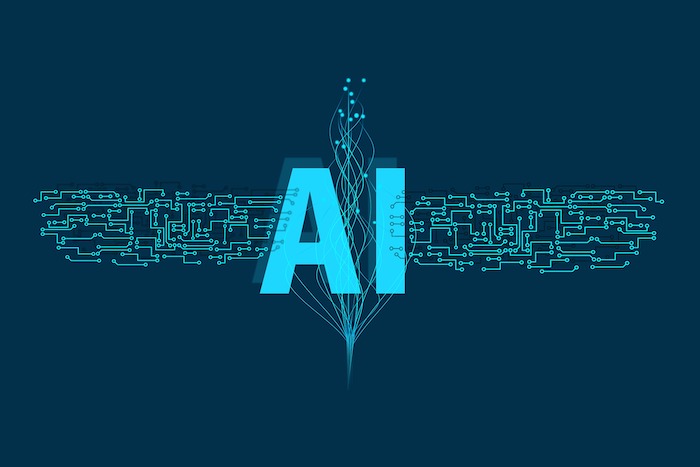It seems like the term Artificial Intelligence (AI) has not been a part of the IT vernacular for long, maybe no more than 20 years. However, John McCarthy invented the term AI in 1950 as one of the emerging technologies to incorporate human reasoning within artificially derived systems. At the time of AI’s emergence McCarthy said, “Every aspect of learning or any other feature of intelligence can in principle be so precisely described that a machine can be made to simulate it. An attempt will be made to find how to make machines use language, form abstractions, and concepts, solve kinds of problems now reserved for humans, and improve themselves.”
Fast forward to 2023 and AI has become an integral part of IT operations. As one of the leaders of your IT department, what are the benefits and challenges of implementing AI in your IT operations?
What Are the Benefits of Implementing AI?
Fewer Human Errors
Human error represents a phrase that defines the mistakes humans make in all areas of business operations. Computers do not make the same mistakes if programmed correctly. By incorporating AI into a computer network, the computer network processes information by applying a series of algorithms. The use of algorithms dramatically reduces the number of errors, with reaching accurate decisions a much more likely outcome.
One example of how AI reduces human error includes algorithms used to predict weather conditions.
Assumes Dangerous Risks
Considered one of the greatest advantages of AI, assuming dangerous risks that humans cannot assume for fear of getting hurt makes AI an invaluable IT resource. We can overcome many limitations humans face by deploying AI robots to do risky things for us. Instead of sending humans to Mars or defusing a bomb located in a crowded area, we can deploy an AI robot to handle life-threatening situations without the risk of getting hurt.
Around-the-Clock Performance
Another limitation humans have is the need to sleep and take breaks while at work. We require time to refresh our minds and bodies regardless of the type of task we are responsible for completing. AI technology installed inside robotics allows work to go on 24 hours a day, seven days a week without the need to staff three separate shifts. This means more gets done in less time at a much lower cost.
The initial investment in robotics equipment quickly pays off in the form of much higher productivity.
Handle Repetitive Tasks
AI is the ideal technology to handle repetitive tasks, such as sorting mail, reviewing job applications, and confirming the accuracy of legal documents. Leveraging the technological power of AI removes mundane tasks for humans, which encourages them to be more creative on the job regardless of their professional responsibilities.
One example of how AI eliminates boring tasks concerns the process of verifying the information included in bank loan applications.
Quicker Decisions
AI not only reduces human errors, it makes decisions at a much faster rate than humans because of the ability to remove unnecessary factors from the decision-making process. By working with other types of advanced technologies, AI can analyze many relevant factors at the same time instead of considering individual factors in a series of factors. If you ever have played an online game such as chess, you have witnessed AI technology make much faster decisions than you make for moving pieces around a chessboard.
Learn more about the realistic ways your business can take advantage of AI.
What are the Challenges of Implementing AI?
High Costs
The initial investment to install AI technology can be cost-prohibitive, especially for small companies that have limited financial resources. When AI updates every day, the hardware and software required to update the system must meet the most recently released requirements. AI-operated machines need regular maintenance because they are highly complex machines. The high costs associated with AI also include the costs associated with training IT professionals to become AI experts.
No Out of the Box Thinking
AI-powered robots take on the most dangerous tasks, but they do not take risks when it comes to making decisions. The automated operation of an AI-powered machine is driven by a sequence of algorithms that do not encourage out-of-the-box thinking. Only the human brain is capable of thinking outside of the box, which means companies that thrive on creative solutions to addressing IT and other operational problems should consider using a more subdued version of AI technology.
Displacing Workers
Perhaps the greatest concern with using AI technology regards displacing workers from the workforce. Does using AI technology make some or most of your employees obsolete? Because AI handles an increasing workload, particularly when it comes to repetitive tasks, the human touch to business operations might one day no longer be needed.
The Bottom Line
The vision John McCarthy had more than 70 years ago has come close to becoming reality. AI is not a passing IT trend that we will fondly remember years from now. Instead, AI delivers many benefits that clearly outweigh the challenges involved with incorporating the technology into your IT operations.
Learn more in What IT Executives Need to Know About Artificial Intelligence (AI).



0 Comments